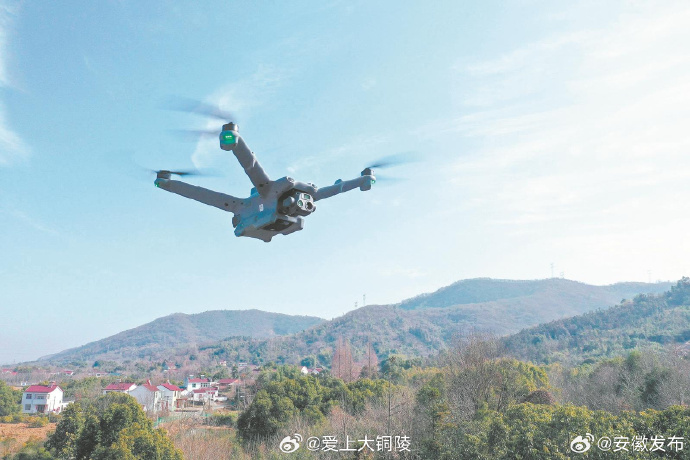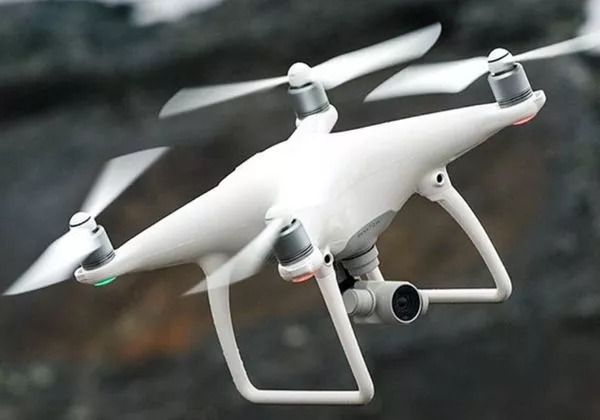In the rapidly evolving world of drone technology, one of the most groundbreaking advancements is the ability for drones to intelligently avoid obstacles. These sophisticated machines utilize a mix of sensors, algorithms, and AI-driven processing to offer seamless, safe navigation in various environments. Whether you’re a hobbyist flying for fun or a professional using drones for work, understanding how drones avoid obstacles is pivotal for maximizing their potential.
The Core Technologies Behind Obstacle Avoidance
Modern drones integrate a variety of sensor systems that form the backbone of obstacle detection and avoidance. The most commonly used technologies include:
- Ultrasonic Sensors: Emit ultrasonic waves and measure the time it takes for them to bounce back, offering precise distance calculation.
- Infrared Sensors: Utilize infrared light to detect objects within the drone’s path. This technology is often seen in smaller drones due to its lightweight benefits.
- LiDAR: A more advanced system where lasers map the surrounding area in 3D, offering unparalleled precision in obstacle detection.
- Vision Cameras: These cameras, sometimes combined with machine learning algorithms, allow the drones to “see” and differentiate between safe and hazardous areas.
- GPS Systems: Enable geofencing and predefined routes to keep drones away from recognized obstacles.
All these technologies work in tandem to create what is often referred to as 360-degree obstacle awareness, an essential for drones used in challenging terrains or densely populated urban environments.
The Importance of Algorithms in Obstacle Avoidance
While sensors play a fundamental role in detecting obstacles, the algorithms processing this data are equally crucial. These algorithms help drones make split-second decisions to dodge objects in real time. Machine learning and AI advancements have significantly enhanced these capabilities by enabling drones to learn from past flights, predict potential hazards, and self-adjust when encountering unique challenges.
One widely discussed technique is the SLAM (Simultaneous Localization and Mapping) algorithm. By creating a real-time map of the environment while tracking its position within it, the drone can navigate even in GPS-deprived areas like dense forests or indoor spaces.

Case Studies: Why Obstacle Avoidance Matters
Drones equipped with advanced obstacle avoidance capabilities have ushered in new possibilities across various domains. For example:
- Delivery Services: Drones delivering packages must navigate urban areas filled with high-rise buildings, wires, and unpredictable obstacles such as birds.
- Agriculture: Agricultural inspection drones need to avoid treetops, poles, and equipment while providing precision mapping and crop assessments.
- Emergency Response: Search and Rescue drones are often deployed in dangerous terrains where GPS signals can be unreliable, and obstacles are numerous.
The absence of reliable obstacle avoidance systems in such scenarios could lead to not only operational inefficiency but also life-threatening consequences.
Drone Manufacturers Leading in Obstacle Avoidance
Several brands are defining the gold standard when it comes to obstacle avoidance. DJI, for example, incorporates ActiveTrack and APAS (Advanced Pilot Assistance Systems) in their drones for seamless navigation through complex environments. Similarly, brands like Autel Robotics are making advancements with their RealSense Technology for obstacle mapping and avoidance.
Technological competition among these manufacturers has significantly accelerated innovation, making obstacle avoidance more accessible even in budget-friendly drones.
The Role of AI in Shaping Future Obstacle Avoidance
Artificial intelligence and deep learning are transforming the obstacle avoidance landscape. AI-powered drones are now leveraging predictive analysis to assess not just static but dynamic objects, like moving vehicles or shifting winds. This makes the next generation of drones safer, smarter, and more capable of tackling diverse challenges in real-time applications.
Furthermore, AI advancements also enhance swarm functionality, enabling multiple drones to coordinate and avoid inter-collisions in complex environments, broadening their applications in industries such as construction, entertainment, and agriculture.
How to Maximize Your Drone’s Obstacle Avoidance
Even with cutting-edge technology onboard, users should ensure their drone remains in optimal condition to avoid mishaps. Follow these tips:
- Regularly calibrate and test the drone’s sensors to maintain detection accuracy.
- Update your drone’s firmware frequently to incorporate the latest features and bug fixes.
- Avoid flying in extreme conditions like heavy rain, strong winds, or areas with high electromagnetic interference.
- Practice manual control skills to act as a final safety layer in case technological features fail.

By combining intelligent technology with prudent operational habits, users can ensure both safety and enhanced performance.

FAQs About Drone Obstacle Avoidance
Q: Can all drones avoid obstacles?
A: No, not all drones come with built-in obstacle avoidance features. Cheaper models or older drones might lack this functionality, so it is essential to verify specifications when making purchases.
Q: How effective is drone obstacle avoidance in low-light conditions?
A: Low-light performance heavily depends on the type of sensors used. LiDAR and infrared tend to be more effective in dark environments compared to vision cameras that require adequate lighting.
Q: Can drones avoid moving objects?
A: Advanced drones equipped with AI-driven algorithms can effectively detect and navigate around moving objects. However, the complexity and speed of the moving object may influence the drone’s success rate.
